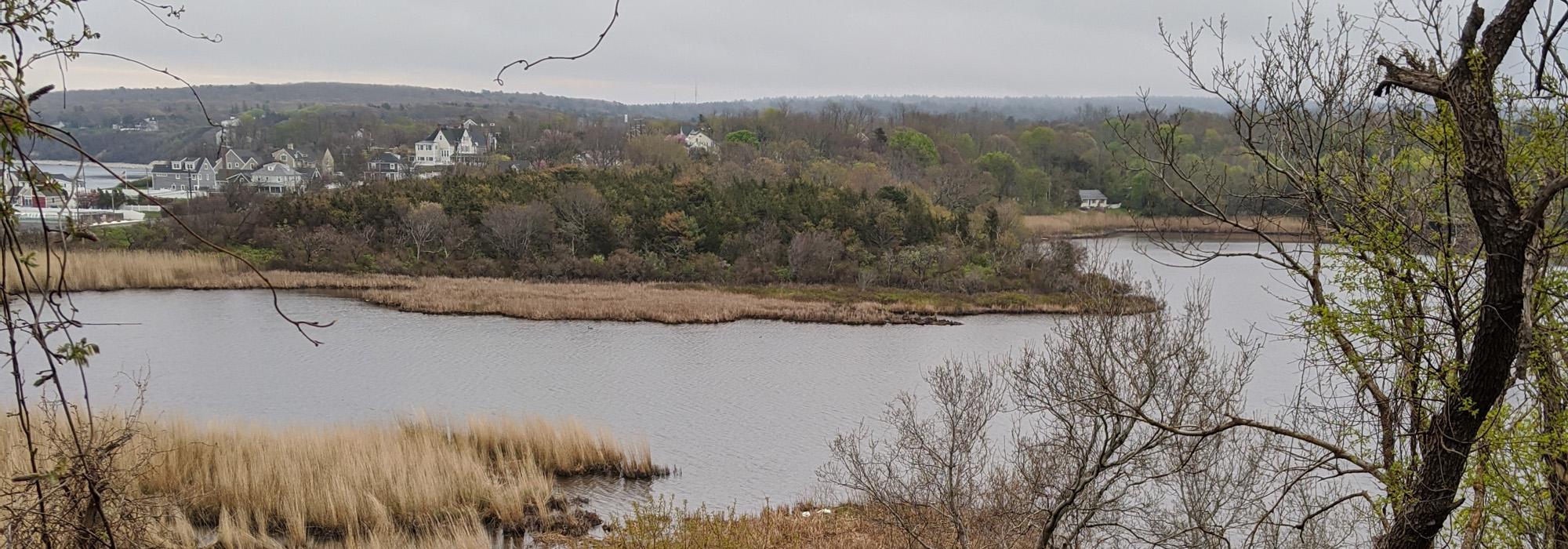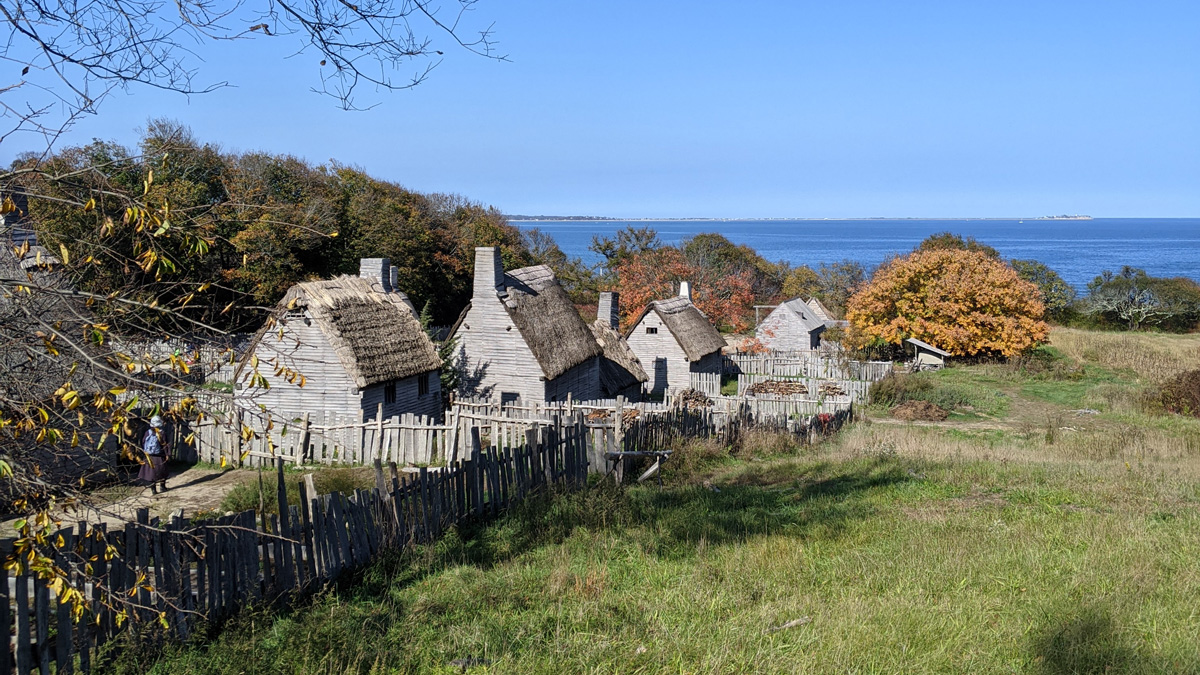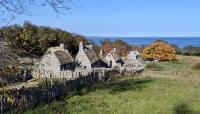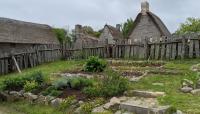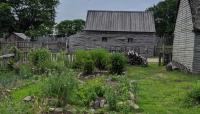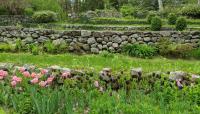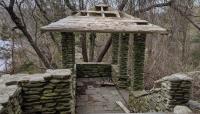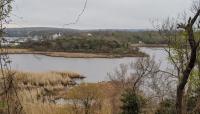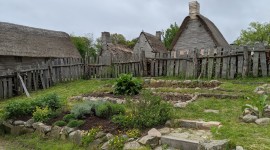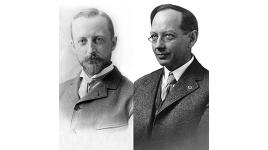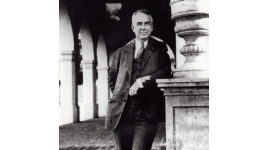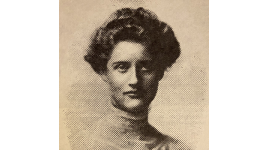Landscape Information
Founded in 1947 by Henry Hornblower II, this living history museum tells the story of the Pilgrims who arrived at the shores of Plymouth, MA, and founded a colony there in 1620, interwoven with the history of the Indigenous Wampanoag people who inhabited the land, which they called “Patuxet,” for millennia. Situated on 130 acres along the Eel River overlooking Cape Cod Bay, the main campus of the museum includes two English cottages and a fort along the waterfront, a recreation of a seventeenth century English Village, the Wampanoag Homesite, a reproduction of the Plimoth Grist Mill (originally constructed 1636), a replica of the Mayflower II (docked off the main grounds near Plymouth Rock), a visitor center, and several associated buildings for educational programming.
Also sited within the landscape is a grand Edwardian-style house built in 1878. Purchased by Henry and Hattie Hornblower at the turn of the century, in 1919 they hired the Olmsted Brothers firm to create the gardens for their Country Place Era estate, which the family dubbed “Eel River Farm.” Although overgrown, significant features of the Olmsted Brothers landscape remain, including road alignments, specimen plantings, Naturalistic features such as stone walls, and a tea house. As much of the land is on a steep bank overlooking the river, the firm, with James Dawson as the principal on the project, also regraded and terraced the land. In 1927 Ralph Hornblower, son of Henry and Hattie, built a cottage on a hill (“Eel Hill”) just north of the main house, and hired landscape architect Mary Cunningham to plan the landscape. She designed an Italianate garden featuring perennial beds, a bowling green, and a pool and amphitheater just west of the house. Known as the “Hornblower Garden,” today it is a prominent feature of the Plimoth Patuxet campus, and holds significance as one of few extant examples of Cunningham’s work.



